Scandinavian nation administers academic excellence
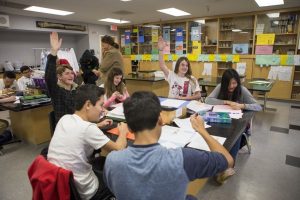
The Scandinavian country of Finland currently holds the title as the fifth best education system in the world. 66 percent of Finnish high school students go to college, making it the highest rate in Europe. While the United States ranks 28th smartest in the world based on math and science (being tied with Italy), Finland ranks 6th smartest.
So what can America do to improve its education system? What exactly is Finland doing? How can such a small country (5.5 million in population) produce such great results, beating out some of the most powerful countries in the world?
If the United States truly wants to be a powerhouse in education, the first objective is the teachers. These are the people trusted to educate the current population and the coming generations; to bring up the next innovators and leaders in the world. Finland only takes the smartest to become teachers; all teachers must obtain a master’s degree, and only the top 10% of aspiring teachers in their graduating classes are chosen to carry the title as teacher, giving them the same rank as doctors and lawyers. Teachers in California must have a bachelor’s degree and must go through a credential program, but no master’s degree or class rank is required.
By doing this, students receive education from some of the smartest people in the nation. While maintaining the job as teachers, they spend 4 hours in classes compared to the average 8 in the United States. They are also paid to attend professional development 2 times a week; this way, teachers carry less stress and improve their skills weekly to take back to their students.
The next step is reconstructing how students think. Finnish children begin school at age 7, a good two years after American children. Professors of Stanford Graduate School of Education found that delaying kindergarten to age 7 “dramatically reduces inattention and hyperactivity.” In other words, 5 and 6 year olds aren’t quite mature enough to sit still and begin their learning process. In fact, starting before age 7 may harm young kids, causing anxiety and confusion.
[fusion_soundcloud url=”https://api.soundcloud.com/tracks/244072152″ params=”auto_play=false&hide_related=false&show_comments=true&show_user=true&show_reposts=false&visual=true” width=”100%” height=”150″ iframe=”true” /]
A huge part of the learning experience is to feel comfortable and at ease. In the United States, students tend to compete for the title of a high rank in their graduating class. However, this can cause stress and anxiety, as well as inadequacy. There are no rankings, comparisons or competitions in the Finnish school system, as well as the absence of mandated standardized tests; students are only required to take a test their senior year of high school. The country finds this portion of a student’s life is to be used for finding their passion and how to learn, not necessarily how well they learn.
If a student in Finland is falling behind their fellow classmates, the school system does not penalize him or her for it. The method of holding back students has been widely rejected by the country, and most students are held in the same classroom, even if some are severely impaired. Nearly 30 percent of Finnish children receive some kind of special help during their first nine years of school. This encourages equality and cooperation between students, and resulted in the difference between the weakest and strongest students being the smallest in the world, meaning most students stay on the same track.
A broad range of classes are also available for students grades one through nine, such as art, cooking, music, carpentry, metalwork and textiles which provide natural venues for learning math and science, as well as respect and understanding of the careers. Science classes are capped at 16 students so that they may perform practical experiments every class and ask one-on-one questions. Additionally, students learn languages at a young age; English is taught in third grade and Swedish in fourth.
I was with over 55 kids in my science class when I went to public school. Often times there weren’t even enough chairs for us so we’d have to find bar stools and sit among the sides of the classroom. There were so many kids that the teacher never really opened up the class to questions or answers because it would be too overpowering with too many counterarguments. — Kylie Bell
Unfortunately, classroom experiences in Finland vary from the United States’. Senior Kylie Bell’s experience in a science class her freshman year was quite different.
“I was with over 55 kids in my science class when I went to public school,” Bell said. “Often times there weren’t even enough chairs for us so we’d have to find bar stools and sit among the sides of the classroom. There were so many kids that the teacher never really opened up the class to questions or answers because it would be too overpowering with too many counterarguments.”
Although Bell views Finland’s approach to their science classes as wise, she disagrees with changing the United States’ approach to mimic Finland’s, due to the crippling national debt and the lack of funds for the education system.
“I do think Finland has a great idea of shrinking class sizes, but I’m not sure it would work here,” Bell said. “We don’t have enough teachers here to staff a 1:16 ratio and we don’t have the money to fund that. I don’t believe we’ll be seeing that approach in America soon.”

While it would take decades to reconstruct the United States educational system to embody Finland’s and we may never advance as far as them, there are small steps that can be taken to further a student’s learning process. For instance, Finland finds the importance in ensuring their students have a 75 minute recess, 50 minutes longer than the average American recess. Studies prove that physical exercise facilitates information processing and memory functions just for a mere 20 minutes; imagine what 75 minutes does to your brain!
Huge reform must be taken to produce the world’s smartest students. It takes time and lots of money to create a first-class privileged education system, things that the United States might not have at this point in time. Hopefully the future children of America will see reform in their education.
This writer can be reached via Twitter: @macyyvictoria and via email: Macy Mascarenas.
For more features, read Technology impacts education, changes academia.







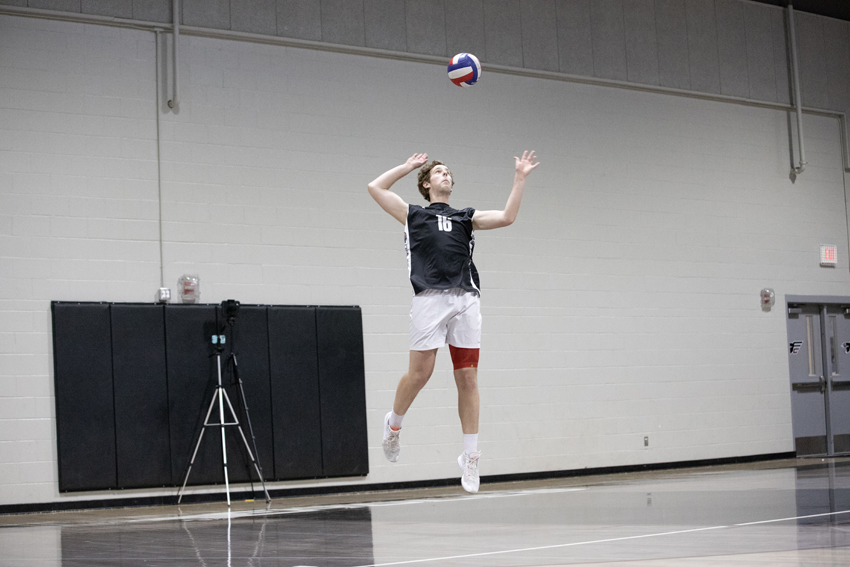
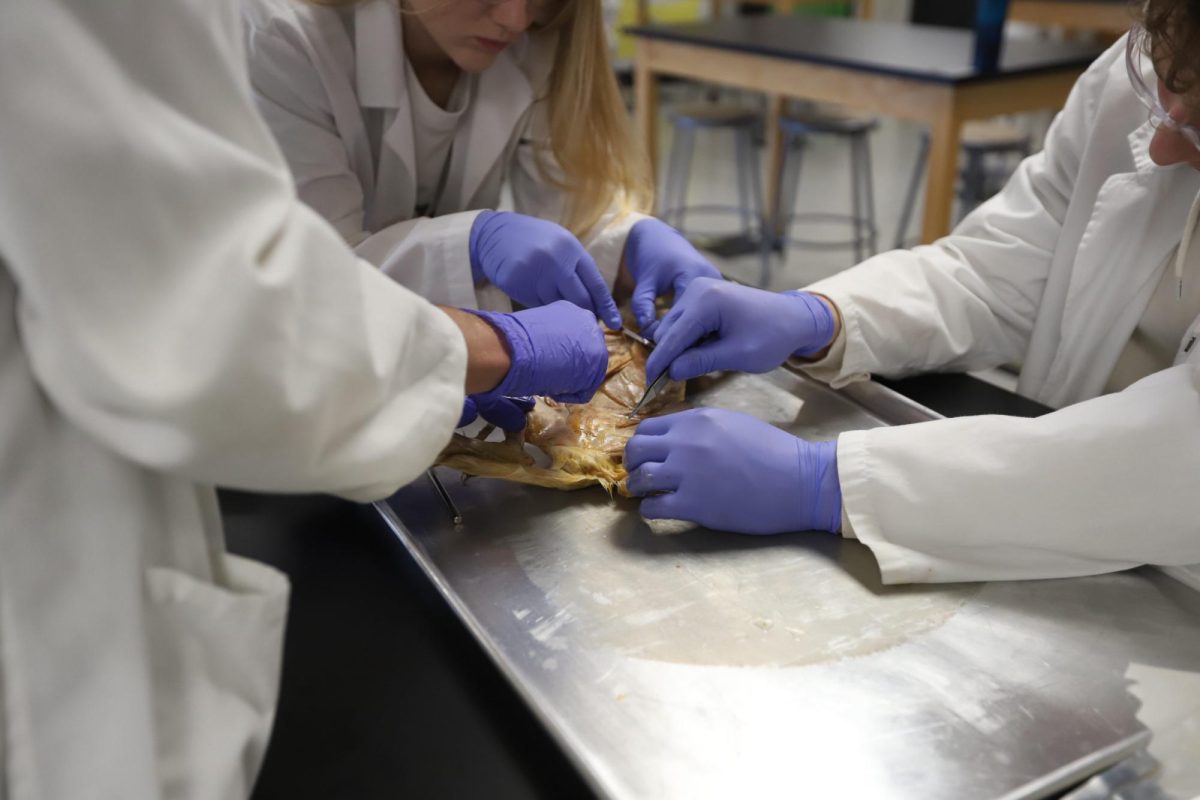

![[Video] 100th CSPA Spring Journalism Conference](https://thefeather.com/wp-content/uploads/2024/04/20240308-cspa-crown-002.jpg)
![[Video] New York Day 4](https://thefeather.com/wp-content/uploads/2024/04/NY-trip-day-4-JC-.jpg)
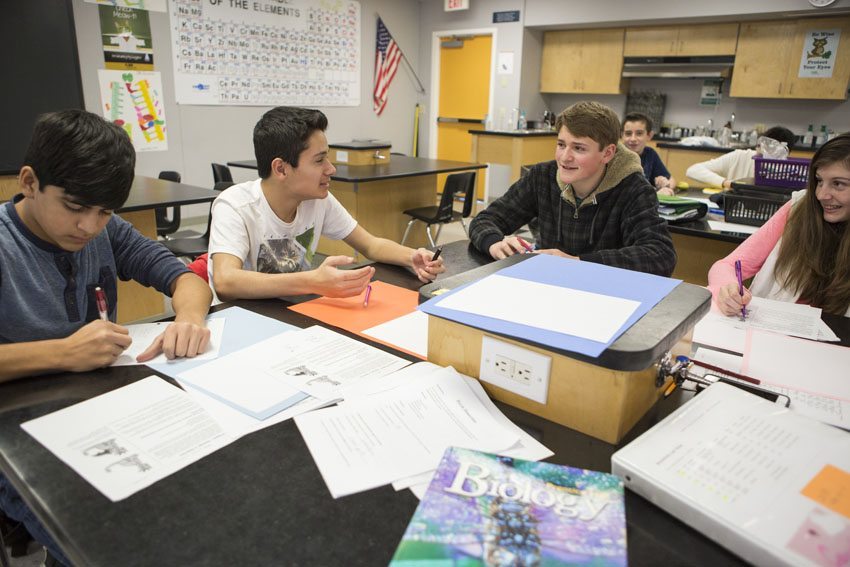




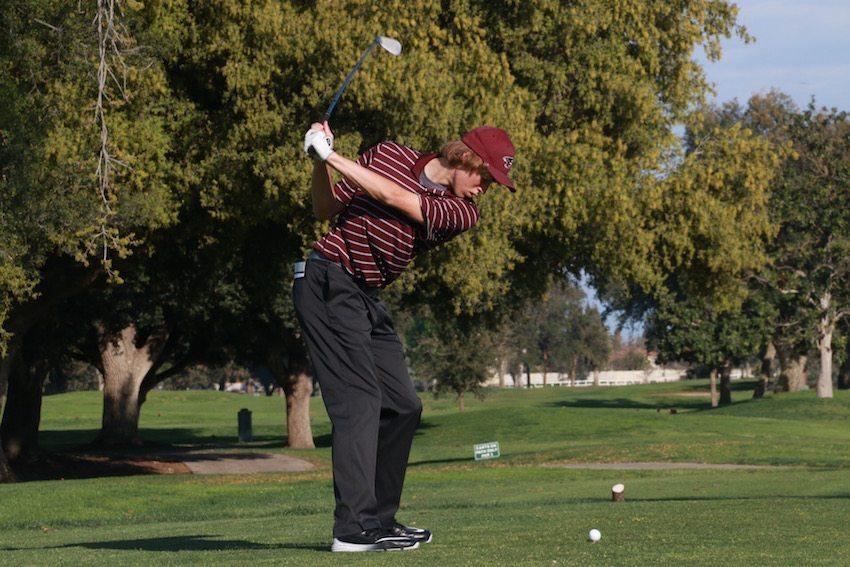
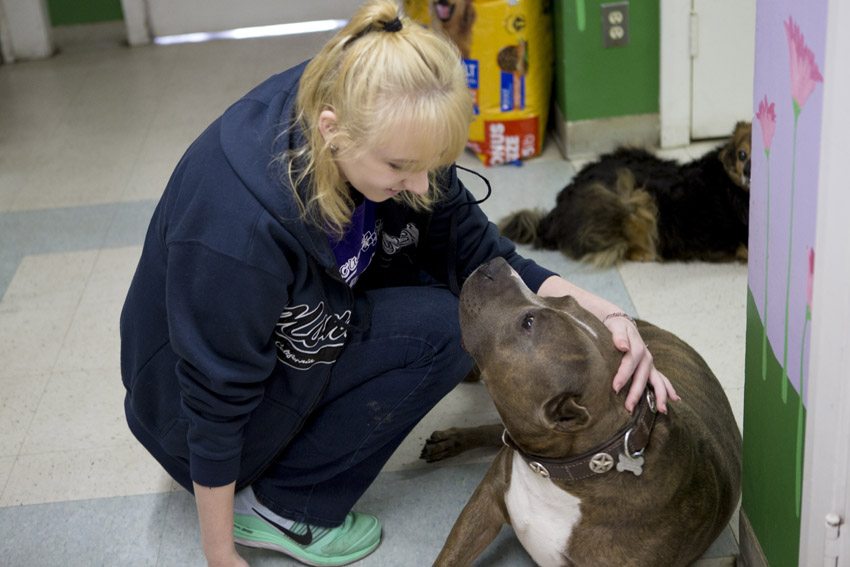


Anonymous • Feb 3, 2016 at 9:29 am
Great article Macy!